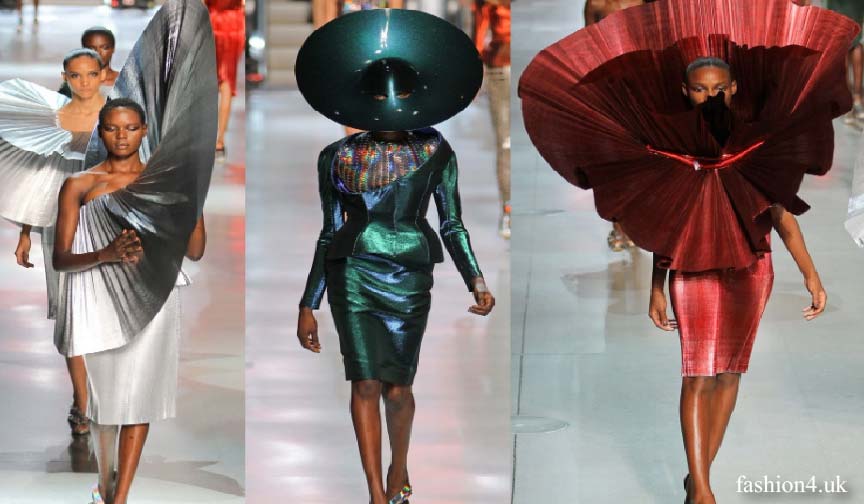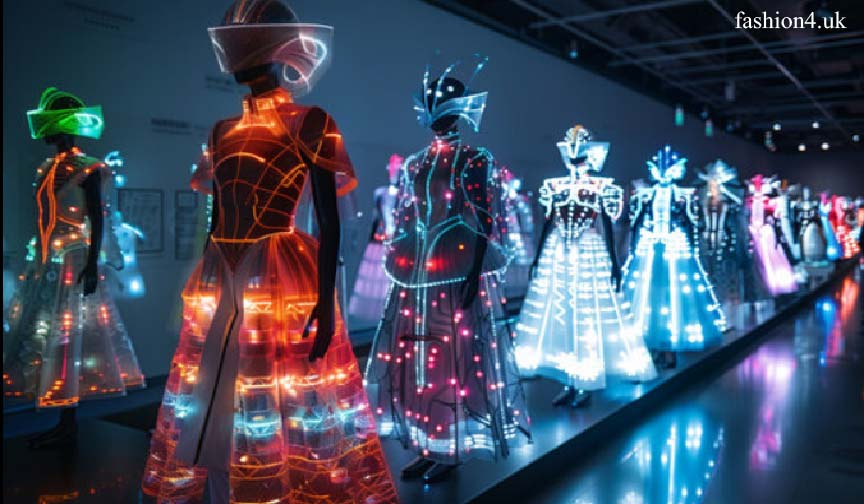
What comes to mind when you think of fashion? Perhaps it’s the latest trends, classic styles, or seasonal colors. But what about fashion that completely breaks the mold? Enter avant-garde fashion—a bold, daring, and often misunderstood realm of design that pushes boundaries and defies norms. In this article, we’ll explore what avant garde fashion Avant Garde Fashion designers is, where it came from, and why it continues to captivate and challenge the fashion world.
1. What is Avant-Garde Fashion?
Avant-garde fashion is a type of clothing design that’s not just about looking good; it’s about making a statement. It challenges conventional ideas of beauty and practicality. Think of it as the abstract art of the fashion world—sometimes confusing, often provocative, but always impactful. It’s the place where fashion meets art, and rules are made to be broken.
Are you wondering why anyone would wear something so outlandish? The answer lies in the desire to express individuality and creativity. Avant-garde fashion isn’t for everyone, but for those who love it, it’s a powerful way to stand out from the crowd.
2. The Origins of Avant-Garde Fashion
The term “avant-garde” comes from the French military, meaning “vanguard”—the frontline soldiers who went ahead of the main forces. In fashion, avant-garde refers to designers who lead the charge in innovation and experimentation.
The early 20th century is where avant-garde fashion got its start. Designers like Elsa Schiaparelli in the 1930s broke away from traditional fashion by creating unconventional, surrealist pieces. Post-World War II saw more experimentation, with designers like Pierre Cardin and Paco Rabanne using materials like plastic and metal to create futuristic looks.
3. Characteristics of Avant-Garde Fashion
So, what makes avant-garde fashion stand out? Here are a few characteristics:
- Unconventional materials: Avant-garde designers often use materials not typically associated with clothing. From metals to plastics, anything goes.
- Sculptural silhouettes: Forget the tailored fits of traditional fashion. Avant-garde designs are often more like wearable sculptures than clothing.
- Bold, unexpected combinations: Think mismatched patterns, exaggerated proportions, and an anything-goes approach to color and texture.
- Conceptual designs: Avant-garde fashion is often about making a statement or telling a story. It’s less about practicality and more about provoking thought or emotion.
4. Famous Avant-Garde Designers
Some of the most iconic figures in fashion have embraced the avant-garde ethos. Rei Kawakubo of Comme des Garçons is known for her conceptual designs that challenge gender norms and redefine beauty. Alexander McQueen, famous for his dramatic and theatrical runway shows, also pushed the limits of fashion with his dark, romantic, and often controversial creations.
Other notable designers include Issey Miyake, known for his innovative use of fabric technology, and Vivienne Westwood, who brought punk and avant-garde fashion to the mainstream.

5. Avant-Garde in Pop Culture
Avant-garde fashion isn’t just for the runway. It has made its way into pop culture, influencing everything from music videos to red carpet looks. Celebrities like Lady Gaga and Björk are known for their avant-garde style, often wearing designs that challenge traditional notions of beauty and fashion. These bold choices make headlines and inspire fans to think differently about what fashion can be.
6. How Avant-Garde Fashion Influences Mainstream Trends
Believe it or not, avant-garde fashion often paves the way for more mainstream trends. While most people might not be ready to wear a plastic dress or a sculptural headpiece, elements of avant-garde designs—like bold patterns, unique silhouettes, or new materials—often trickle down into everyday fashion. It’s a bit like the experimental dishes chefs create that eventually inspire the food we all eat. Avant-garde designers push boundaries, and in doing so, they expand what’s possible in fashion.
7. The Role of Technology in Avant-Garde Fashion
Technology and avant-garde fashion go hand in hand. From 3D printing to wearable tech, designers are constantly exploring how new technologies can be integrated into their work. For example, Iris van Herpen, a Dutch designer, is known for her use of 3D printing to create intricate, otherworldly designs. These technological innovations not only push the boundaries of what’s possible but also open up new possibilities for customization and sustainability.
8. Sustainability and Avant-Garde Fashion
Avant-garde fashion may seem extravagant, but it’s also at the forefront of the sustainability movement. Many avant-garde designers prioritize eco-friendly materials and processes. By pushing the boundaries of what fashion can be, they are also challenging the industry to think more creatively about sustainability. Designers like Stella McCartney and Marine Serre are known for their commitment to sustainability, often incorporating recycled materials and ethical practices into their avant-garde designs.

9. Why People are Drawn to Avant-Garde Fashion
So, why do people love avant-garde fashion? For many, it’s about the freedom to express themselves in ways that more conventional fashion doesn’t allow. It’s a way to make a statement, to stand out, and to be seen. Avant-garde fashion allows individuals to experiment with their identity and challenge societal norms.
Imagine wearing a piece of art instead of just clothing. That’s what avant-garde fashion offers—an opportunity to make a bold statement and explore new forms of self-expression.
10. Is Avant-Garde Fashion Wearable?
This is the question on many people’s minds when they see avant-garde designs. The answer is: sometimes. While avant-garde fashion often prioritizes creativity over comfort, many designers also create pieces that are surprisingly wearable. It’s all about finding the balance between artistic expression and practicality. Some pieces are meant for the runway, while others can be incorporated into everyday wardrobes—if you’re bold enough to try!
11. The Future of Avant-Garde Fashion
What’s next for avant-garde fashion? With the rise of technology and sustainability in the fashion industry, we can expect to see even more innovation in avant-garde design. As designers continue to experiment with new materials, techniques, and ideas, avant-garde fashion will likely become even more influential in shaping the future of style.
The future of fashion may be unpredictable, but one thing is certain: avant-garde designers will be leading the charge into new, uncharted territory.
FAQs about Avant-Garde Fashion
- What does “avant-garde” mean in fashion? Avant-garde in fashion refers to designs that are experimental, unconventional, and ahead of their time. These designs often challenge traditional fashion norms and push the boundaries of creativity.
- Who are some famous avant-garde fashion designers? Designers like Rei Kawakubo, Alexander McQueen, and Iris van Herpen are well-known for their avant-garde contributions to fashion. They are known for their innovative and boundary-pushing designs.
- Is avant-garde fashion practical to wear? While many avant-garde pieces are more about artistic expression than everyday wearability, some designs can be incorporated into more practical, wearable fashion with a bold twist.
- How does avant-garde fashion influence mainstream fashion? Avant-garde fashion often introduces new concepts, materials, and silhouettes that eventually trickle down into mainstream fashion, influencing trends and pushing the industry forward.
- Is avant-garde fashion sustainable? Many avant-garde designers prioritize sustainability by using eco-friendly materials and ethical practices. This focus on innovation often leads to more sustainable approaches to fashion.

